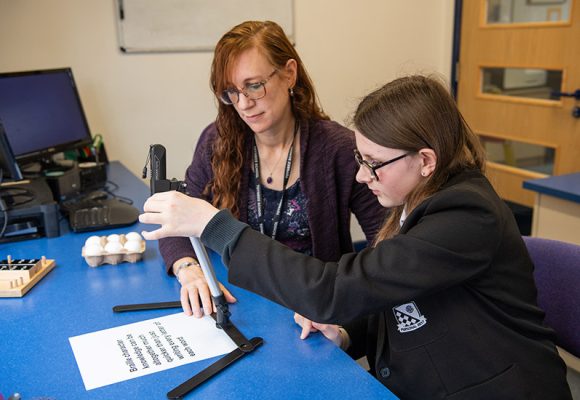Area 7: Accessing Information


Teaching of methods children and young people can use to access, produce and manage information independently.
This area of the framework considers the teaching of methods children and young people can use to access, manage and produce information as independently as possible. As well as a range of skills, young people require an understanding of: when to use particular approaches, how to manage and navigate an information rich world, and the role of others in scaffolding them by preparing materials, adjusting the environment and making accommodations. Such adjustments should be anticipatory so that the child/young person is able to access this information at the same time as their peers, for example through the use of tactile symbols or a tactile diagram. There is a recognition that particular tasks (which may be linked to particular disciplines, formats, or activities) may have associated ways of presenting and accessing information. This may require specific teaching or adjustment.
For more information regarding this element of the framework, please download the Curriculum Framework for Children and Young People with Vision Impairment (CFVI) and accompanying guidance.
Examples of targeted intervention approaches
- Understanding and developing a range of suitable approaches to accessing and presenting information (e.g. tangible objects/objects of reference, print, speech, recordings, braille, tactile graphics).
- Recognise that taught strategies to accessing information will change, and this may be linked to developmental stage or changing circumstances (e.g. in relation to level of vision, or child or young person’s views).
- Choosing suitable approaches (or combinations of approaches) to accessing and presenting information in different circumstances. This should include low-tech solutions to provide alternative options when technologies fail.
- Managing information so that it can be accessed when needed (e.g. contacts, timetables, diaries).
- Supporting the development of key concepts around numeracy and data at an appropriate age or stage of development, including (where appropriate) supporting understanding of braille codes and language relating to the key concepts both in maths and science.
- Supporting the development of tactile graphicacy skills to promote and facilitate access to two- and three-dimensional representational material such as tactile maps, diagrams, pictures and other graphical and figurative material.
- Supporting ability to choose specific approaches (or combinations of approaches) to information access in particular contexts (e.g. exam skills, in lessons and independent study).
- Managing information, for example file/folder management, organisational skills, editing/bookmarking, revision skills. This includes teaching specific study skills for students accessing information in non-visual ways.
- Learning to use, recognise and manage the tools needed to access information (e.g. low vision devices, technology, software and hardware).
- Understanding the wider systems required to access information: when to seek support, when to seek accommodations, being aware of entitlements.
Use of resources in practice
When using resources signposted via or downloaded from RNIB Bookshare, consideration should be given to any health and safety risks that might be involved and it is the responsibility of the user of these resources to undertake an appropriate risk assessment where applicable. RNIB assumes no responsibility or liability to the extent permitted by law for any injury, loss or damage incurred as a result of any use or reliance upon the information and material contained within or downloaded from RNIB Bookshare.


